Reeba Mathen is the Senior Director of Product at NinjaTrader, a platform dedicated to empowering futures traders with advanced tools and technology. Previously, she was Head of Product Management at M1, a digital wealth management company on a mission to help people build wealth effortlessly through automation and intelligent investing.
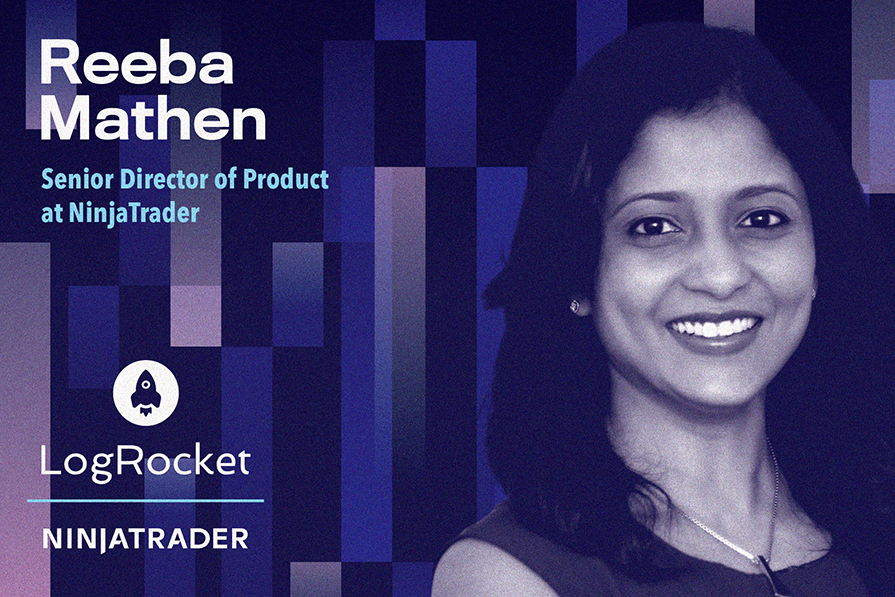
She began her career as a systems administrator at Globix Corporation, a pioneer in internet infrastructure solutions. She then moved into systems analysis at Société Générale Corporate & Investment Bank, supporting businesses and economies with innovative financial solutions. Later, she joined ISE (acquired by NASDAQ), contributing to modernizing financial markets through technology-driven trading solutions.
Her transition into product management began at HSBC, where she focused on opening up a world of opportunity for its customers. She then joined TrueEx, a fintech innovator dedicated to bringing greater transparency and efficiency to derivatives trading. Reeba stepped into product leadership at Cloud9 (now part of Symphony), a company transforming voice collaboration and analytics in financial markets. There, she led product and design, driving innovation in real-time trading communication.
In our conversation, Reeba shares the pillars of scaling from startup to enterprise, emphasizing adaptability and flexibility over rigid processes. She discusses how her transition from engineering to product empowered her to embrace a dual mindset that equally values her ability to balance technical depth with user empathy, and how she approaches problem-solving through a customer-centric lens, ensuring that technology aligns with user needs and business objectives.
The shift from engineering to product required honing in on two of my strengths. The first was embracing a dual mindset, and the second was leveraging technical knowledge as a strategic advantage.
When you’re embracing a dual mindset, the shift from engineering to product is more of a role change. You’re transitioning to a mindset that equally values technical rigor and user empathy. In engineering, it’s all about solving problems technically and efficiently. In product, you’re always figuring out how this is going to help the user. Embracing that dual mindset helped me approach problem-solving with a more customer-centric view — making sure the solutions we were designing were aligned to user needs as well as business goals.
In terms of leveraging technical knowledge and strategic advantage, having an engineering background helps me see the gaps between teams as they talk through solutions. It’s important to keep the customer at the center of it and the broader business goals. I’ve found that my technical experience helps me facilitate better communication. It also helps me break down technical concepts and challenges to cross-functional or leadership teams. Lastly, it helps me understand engineering feasibility to time-to-market constraints.
As a product leader, you are constantly accessing tradeoffs. Some of the tradeoffs I would consider are speed and scalability. The other is thinking about time constraints and striking a balance between time to market versus perfection. This means the urgency to launch a feature versus having a perfect product before you launch. There’s also innovation versus stability. You want to pioneer something first to the market, but also ensure that you’re delivering a solution that is stable and that your customers continue to trust you. Those things are all important.
Then there’s the balance between market expansion and honing in on a specific customer segment. When considering expansion, it’s crucial to unpack the different levers of opportunity by starting with the customer. The key is to ask the right questions — who are we solving for, what do they need, and how do we deliver value? From there, it’s about connecting those insights to strategy and saying, “Given this, here’s how we should approach it.”
Focusing on flexibility and adaptability were my biggest key learnings. Flexibility versus process specifically was a big change. Transitioning from startup to enterprise helped with that. Startups are mostly agile and innovative. In a startup, you’re constantly iterating on your product and environment. Enterprises have more structured processes and focus on scalability. This transition is about bringing the best of both worlds.
When it comes to adaptability, you think about frameworks that help with delivering value easily to the customer. For example, if you look at each phase of a growth stage company, there may be a process in place to meet your growth goals. When you start to look at it from a customer-focused lens, it is about adaptable frameworks that help you achieve your goals.
When I’m helping teams shift to be more adaptable, I focus heavily on communication with leadership teams — particularly when we are trying something new and making sure that there’s clarity on the expected results. You want to make sure you’re communicating clearly and effectively so that everyone feels comfortable with the results.
Flexibility and adaptability are core principles in my hiring approach. When hiring for a role — whether for a mature product or a brand-new venture — it’s essential to prioritize key soft skills, with these two being among the most critical. The level of adaptability required depends on the company’s stage, environment, and operating model, making it crucial to assess how well a candidate can navigate change, thrive in ambiguity, and adjust to evolving business needs.
When it comes to communication, taking the time to put your thoughts on paper can clarify and refine your thinking. One approach I encourage within my team is to write a memo outlining the key points of a discussion before diving into the topic. This practice helps frame the conversation, ensures alignment, and fosters collaboration. By starting with a written structure, we often uncover valuable insights and ensure that discussions are more productive and focused.
I successfully executed this process at Cloud9, where I was the first product hire and worked closely with the founder, who also served as our CPO. The first step in translating a broad product vision into an actionable roadmap is to deeply understand the vision and the industry impact the stakeholders are aiming to achieve. It’s essential to ask, “What is the ultimate outcome we’re driving toward, and how do we break it down into tangible steps or milestones?”
One key aspect of this process is spending significant time refining the vision while ensuring a deep understanding of customer needs. By maintaining a clear focus on turning long-term aspirations into short-term wins, I helped the team achieve measurable outcomes within defined timeframes. It’s also critical to connect these smaller wins to the broader vision, keeping the team motivated and aligned with the bigger picture.
The other thing I’ve also learned is building in the ability to iterate on specific features and functionalities. Roadmaps are living documents, and they will continuously incorporate user feedback and analytics. At M1, I helped introduce experimentation. We were able to iterate on feature functionality, test with smaller cohorts of users, and adapt our roadmap for our acquisition activation funnel. That enabled us to pivot, double down, or go deep into certain areas that we thought were going to be hugely successful.
When developing a new feature, it’s common to begin with 3–5 hypotheses about what might drive results. Layering user feedback onto these hypotheses often uncovers new opportunities or refinements. The real challenge lies in identifying and prioritizing the most valuable solutions for your customers. The ability to test and iterate is essential. Start by validating one hypothesis at a time, collecting data over a few days to measure its impact based on real customer interactions.
This continuous feedback loop helps refine initial assumptions, ensuring that each iteration leads to more informed decisions. Over multiple cycles, you’ll gain a deeper understanding of your users and establish a stronger, more effective approach to product iteration.
Building a framework — or a “machine” — around this iterative testing process is critical. It not only improves decision-making but also fosters a culture of experimentation within the team. This culture allows you to adapt the roadmap dynamically, prioritizing the features that deliver the most value and ensuring alignment with customer needs and business goals.
One effective approach is to consistently communicate the vision and roadmap. Aim to engage leadership and team leads at least twice a month, ensuring alignment and transparency. Beyond sharing updates, actively invite ideas and input, which creates a culture of collaboration. Work with stakeholders to explore future directions, providing clear strategic context for decision-making. Also, encourage ongoing discussions and create an environment where everyone feels empowered to contribute, refine, and shape the vision together.
The roadmap is a living document that is transparent and available for anyone to see. It usually starts with communication with the leadership team and making sure there’s alignment there. Once you have that alignment, you send it out to a broader group of folks to say, “We just had a very engaging conversation and want to share this with the larger team. We’ll be bringing this topic to individual team lead meetings this week. Please have a read before we come in.” That way, you are communicating what folks have just aligned on.
For me, being product-led is about cultivating a user-centric culture and ensuring that you are empowering teams to drive impact. It’s also about empowering teams to drive impact through an organizational shift. In a product-led organization, the user is at the heart of every decision. You’re constantly thinking about the user.
Fostering this culture requires intentional effort. You need to make sure that it’s something that is spoken about dearly. Where you are talking about your feedback process, you’re talking about the feedback that you heard recently. Feedback is collected across teams. Different teams have different ways of collecting feedback, but you have a central repository for that.
Beyond collecting feedback, it’s essential to ensure it’s actionable. Every team, from engineering to marketing, must deeply understand the user journey and identify ways to improve or enhance it. Cross-functional alignment is crucial here. To facilitate this, I emphasize using tools like the RACI matrix, which clearly defines responsibilities, ownership, and accountability. This ensures that every team member knows their role in shaping the user experience and driving the organization’s product-led vision forward.
Adopting a product-led approach ensures that, over the long term, your organization remains focused on delivering exceptional experiences to your core users. This focus naturally drives business results and aligns with broader organizational goals. It also provides a holistic view of how products should evolve, ensuring that everyone — from leadership to cross-functional teams — is aligned and involved in the decision-making process. This alignment fosters faster delivery, greater efficiency, and an ability to adapt quickly to user needs.
Persona research plays a critical role in this approach by clearly defining the types of users and areas of the customer journey you aim to prioritize. For example, in early growth stages, the focus may be on acquisition, activation, and engagement, whereas in more mature stages, the emphasis shifts to retention. Understanding these nuances is essential to crafting targeted strategies.
Some organizations I’ve been with have prioritized research earlier, while others make it a continuous effort. I’ve found that approach helps to provide input into different areas of the business. In many ways, research is like feedback — it feeds directly into the development process and helps refine both the roadmap and execution.
By integrating persona research into a product-led approach, organizations can stay user-focused, adapt to changing needs, and create a foundation for long-term success.
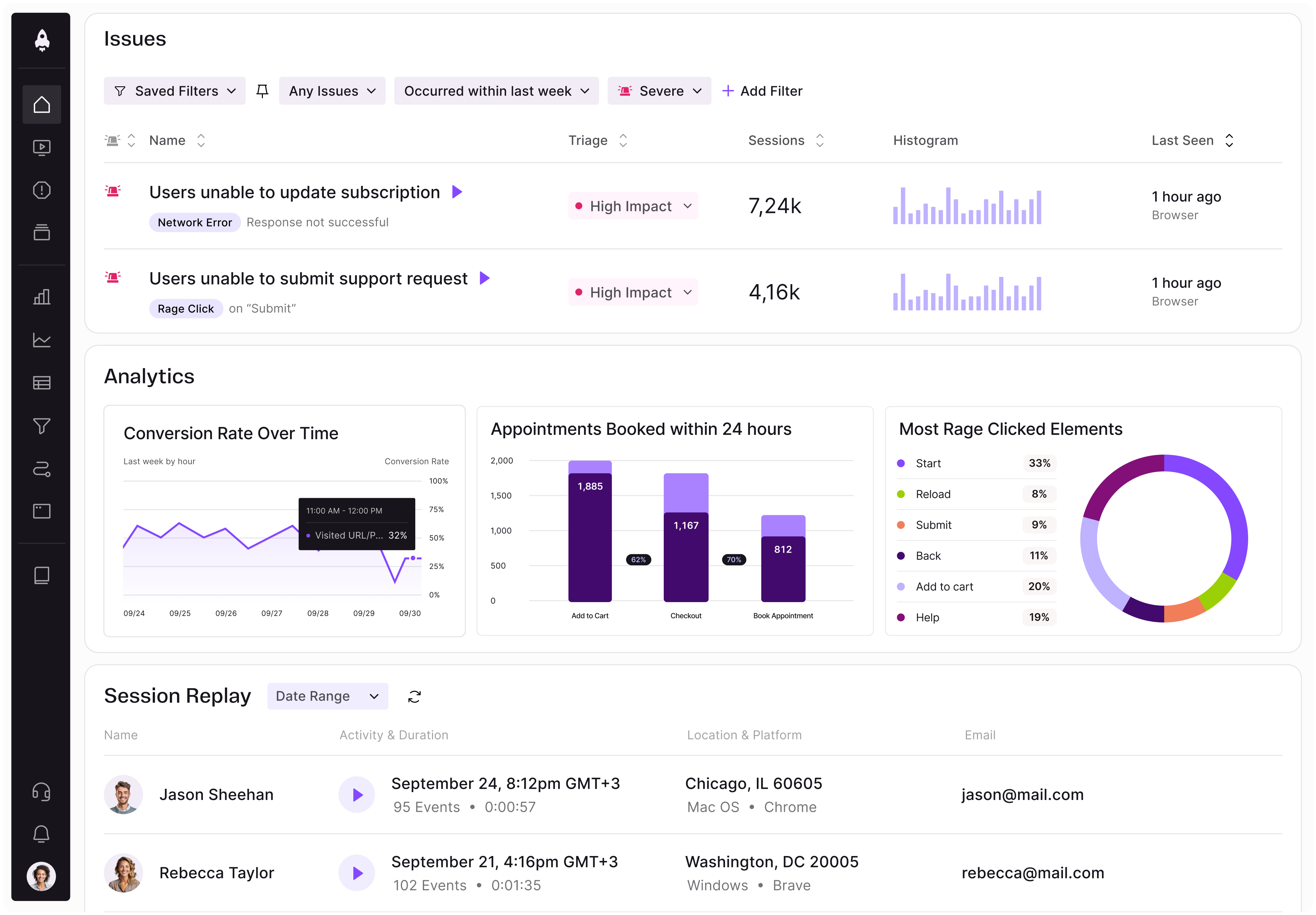
LogRocket identifies friction points in the user experience so you can make informed decisions about product and design changes that must happen to hit your goals.
With LogRocket, you can understand the scope of the issues affecting your product and prioritize the changes that need to be made. LogRocket simplifies workflows by allowing Engineering, Product, UX, and Design teams to work from the same data as you, eliminating any confusion about what needs to be done.
Get your teams on the same page — try LogRocket today.
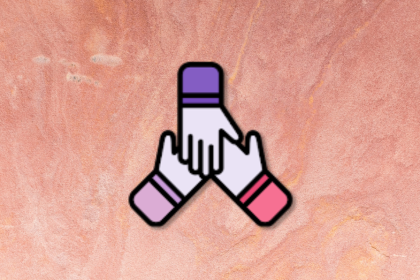
A practical guide for PMs who want to stop being bottlenecks, delegate smarter, and lead teams effectively with a clear ownership framework.
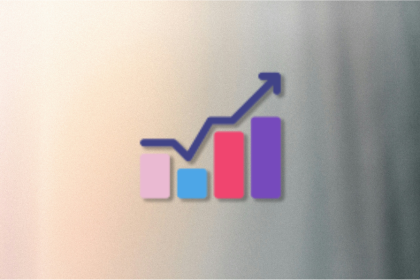
Stop letting unreliable data block features. Treat data as inventory to track quality, ownership, and ship with confidence.
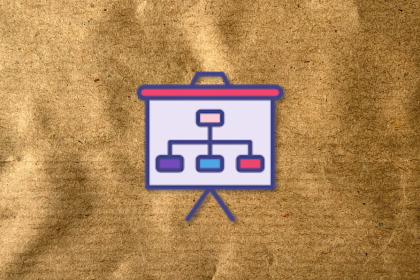
Learn why slide decks slow teams down and explore better tools like whiteboards, PRDs, and prototypes to improve collaboration and alignment.
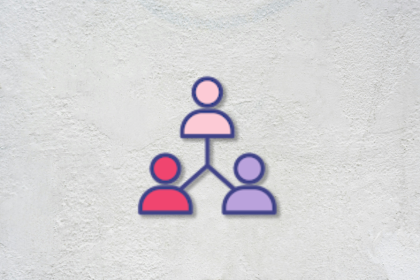
AI PM roles are evolving fast. Learn the five types of AI PMs, the skills they need, and how they shape AI products across industries.